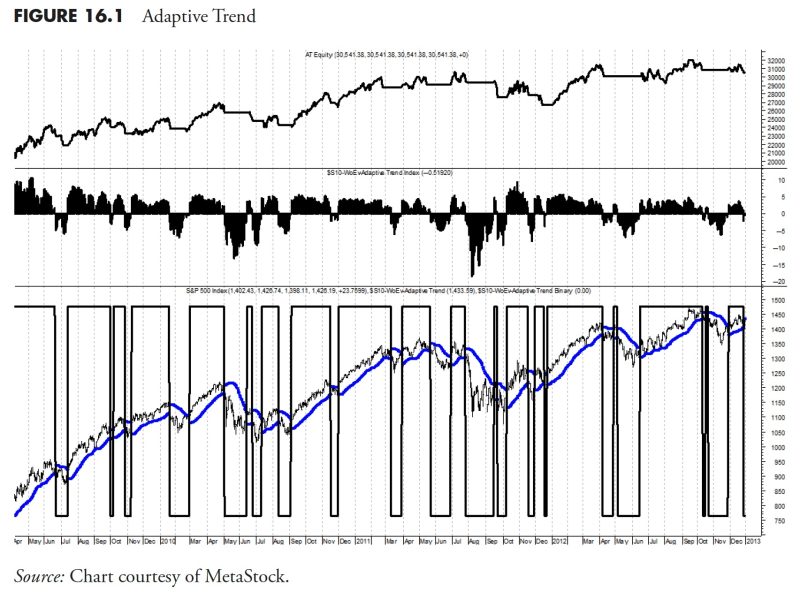In the world of finance, the key to successful investing often lies in utilizing strategic money management techniques. One such method that has gained popularity in recent years is trend following. By observing and analyzing market trends, investors can make informed decisions that aim to maximize profits and minimize losses. This article will delve into how trend following can be effectively put into practice.
To begin with, trend following involves identifying and capitalizing on established market trends. This strategy relies on the premise that assets that have been rising or falling in value are likely to continue moving in the same direction. By closely monitoring these trends, investors can enter trades with the goal of profiting from the momentum generated by the market.
In order to effectively implement trend following, investors must first establish a set of rules or guidelines to govern their trading decisions. These rules typically outline when to enter or exit a trade, how much capital to allocate to each trade, and how to manage risk. By adhering to these rules consistently, investors can reduce emotional decision-making and maintain a disciplined approach to trading.
One of the key aspects of trend following is the concept of letting winners run and cutting losses short. This means allowing profitable trades to continue generating returns by staying invested as long as the trend remains intact. On the other hand, investors should be quick to exit losing trades in order to limit potential losses. This approach focuses on maximizing gains while minimizing risks, which is essential for long-term investment success.
Another important consideration when implementing trend following is the use of technical indicators to confirm market trends. These indicators, such as moving averages or momentum oscillators, can provide valuable insights into the strength and direction of a trend. By incorporating these tools into their analysis, investors can make more informed trading decisions and increase the likelihood of success.
Furthermore, risk management is a crucial component of trend following. Investors should carefully consider factors such as position sizing, stop-loss orders, and portfolio diversification to ensure that their investments are protected from unexpected market movements. By effectively managing risk, investors can safeguard their capital and preserve their ability to participate in future trading opportunities.
In conclusion, trend following is a powerful strategy that can help investors navigate the complexities of the financial markets. By establishing clear rules, letting winners run, utilizing technical indicators, and practicing effective risk management, investors can enhance their chances of achieving long-term investment success. Through a disciplined and systematic approach, trend following can be a valuable tool for building wealth and achieving financial goals.
